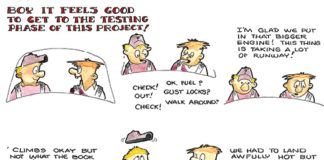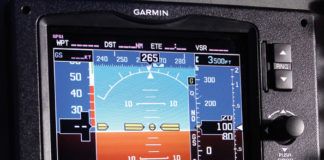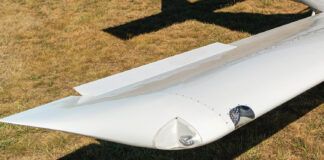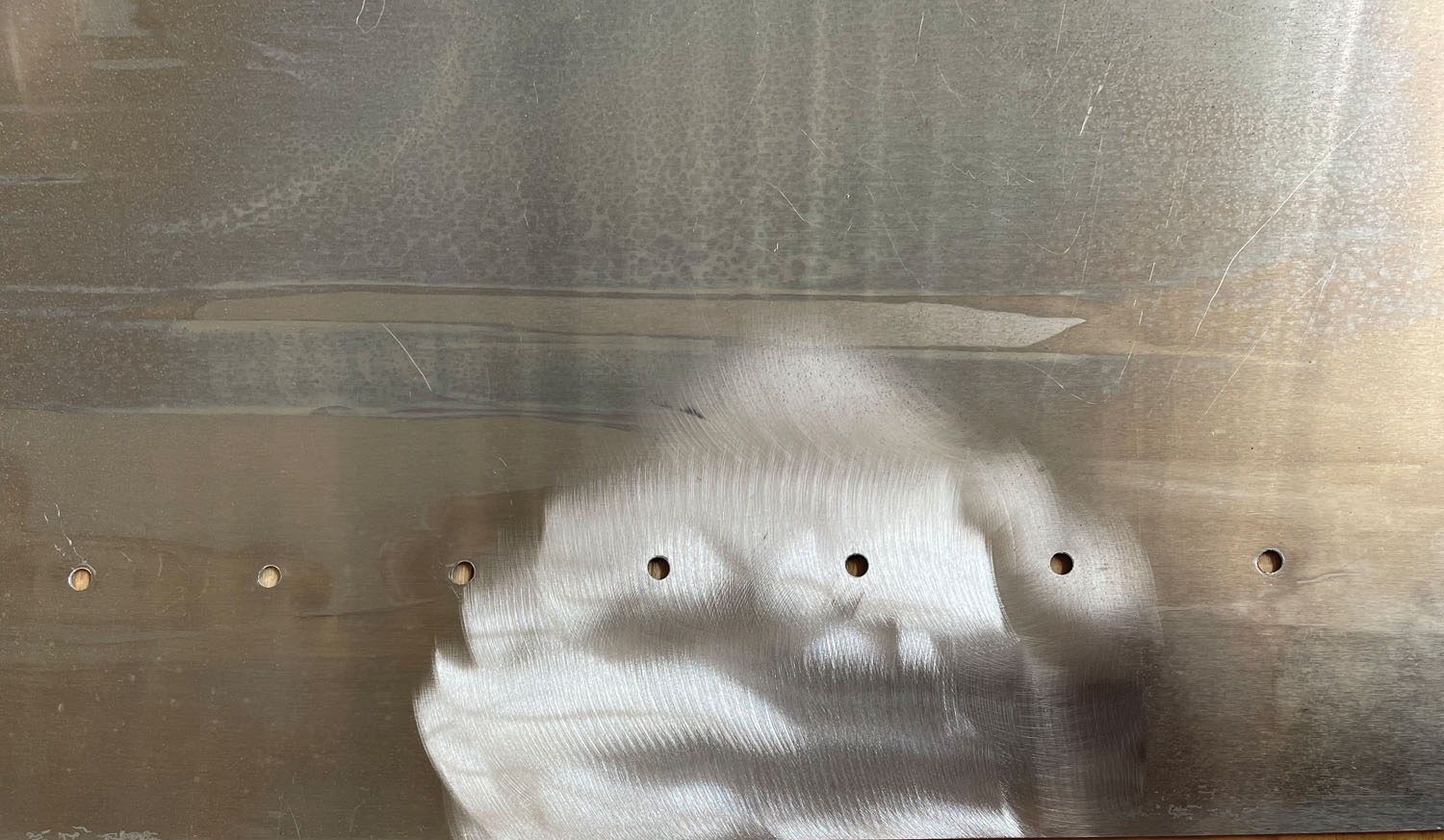
If there was a way to make metal parts look even nicer than they looked coming out of your aircraft kit’s shipping box—and the method was easy and inexpensive—would you consider it?
The metal I’m talking about are the aluminum components found in many aircraft projects. These include the likes of brackets, gussets, angles and tubes that make up the components of many airframe designs. And let’s not forget surface skins made from aluminum. This does not apply to components made from “clad” aluminum material, which is already super shiny from the factory. Rather, 6061-T6 aluminum is perfect for benefitting from this process. If you are going to paint these components, then this method does not apply either.
I have been using this method for many years, and it is a nice complement to other processes that require polishing compounds and lots of elbow grease! I’m talking about the fast and easy way to make aluminum bright by way of spinning Scotch-Brite discs with a handheld air tool. While many builders may be unaware of this system, these special pads have been around for many years. (And not just for polishing—I use them for deburring, too!) If you are familiar with using a handheld Scotch-Brite pad for scuffing up surfaces, this process uses the same principle except with a high-speed spinning action. Instead of scuffing up a surface, it buffs the surface to an immediate shine.
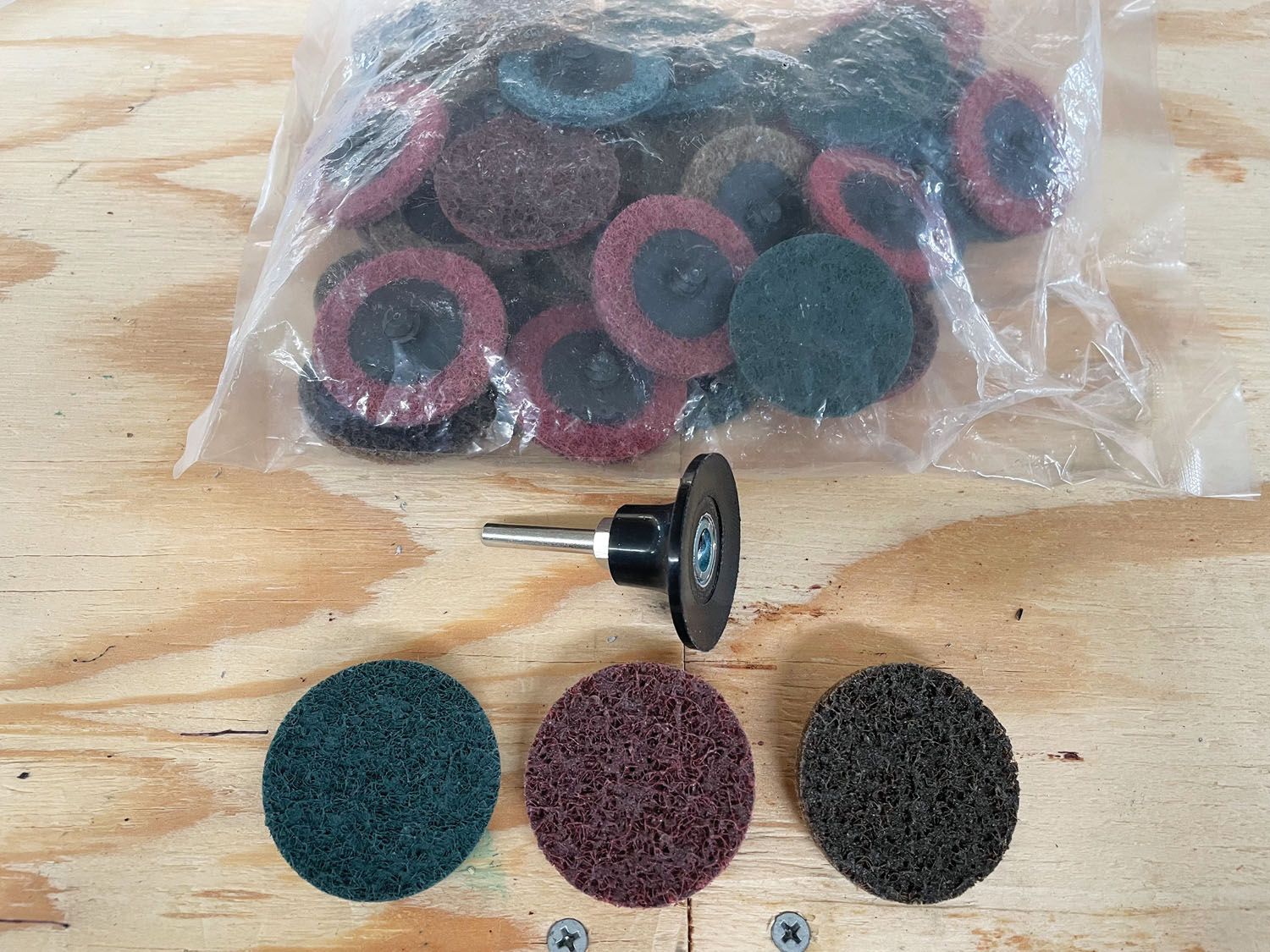
Demonstrating the procedure for buffing is not easy without a video, but the results can be appreciated with photos. The result of just a few seconds of buffing can be seen in these pictures. While this is not polishing, it is the one step prior to that. Minute amounts of material are being removed in this process. The amount of surface conditioning is controlled by the pressure and duration of buffing. The grain of the metal (fine lines left over from manufacturing) can be removed entirely. Swirl marks will be left on the surface to some degree, depending on the skill of the operator.
The tool that is required is a high-speed (usually air-powered) die grinder. The inexpensive variety from Harbor Freight is more than adequate. For those without a suitable air compressor, there are battery-powered high-speed versions also from the likes of Harbor Freight. Unfortunately, an electric drill will disappoint as the speed requirement is 10,000 rpm and above under heavy load.
The pads themselves are known as Scotch-Brite Roloc Surface Conditioning Discs. The Roloc part (3M invention) is the fastening system for the pads that is used. The pad is installed and removed with a quarter twist onto the holder. There is a plastic, threaded button on the pads that makes this happen. It is very easy and fast to change pads.
Since 3M has many, many varieties of pads that use the Roloc holder for sanding, grinding and finishing, it is important to specify when ordering that you want Scotch-Brite Surface Conditioning Discs with a Roloc TR attach system. Your local aircraft supply store usually only carries these as they know what you are using them for! However, if you order from an industrial supplier, you need to be specific.
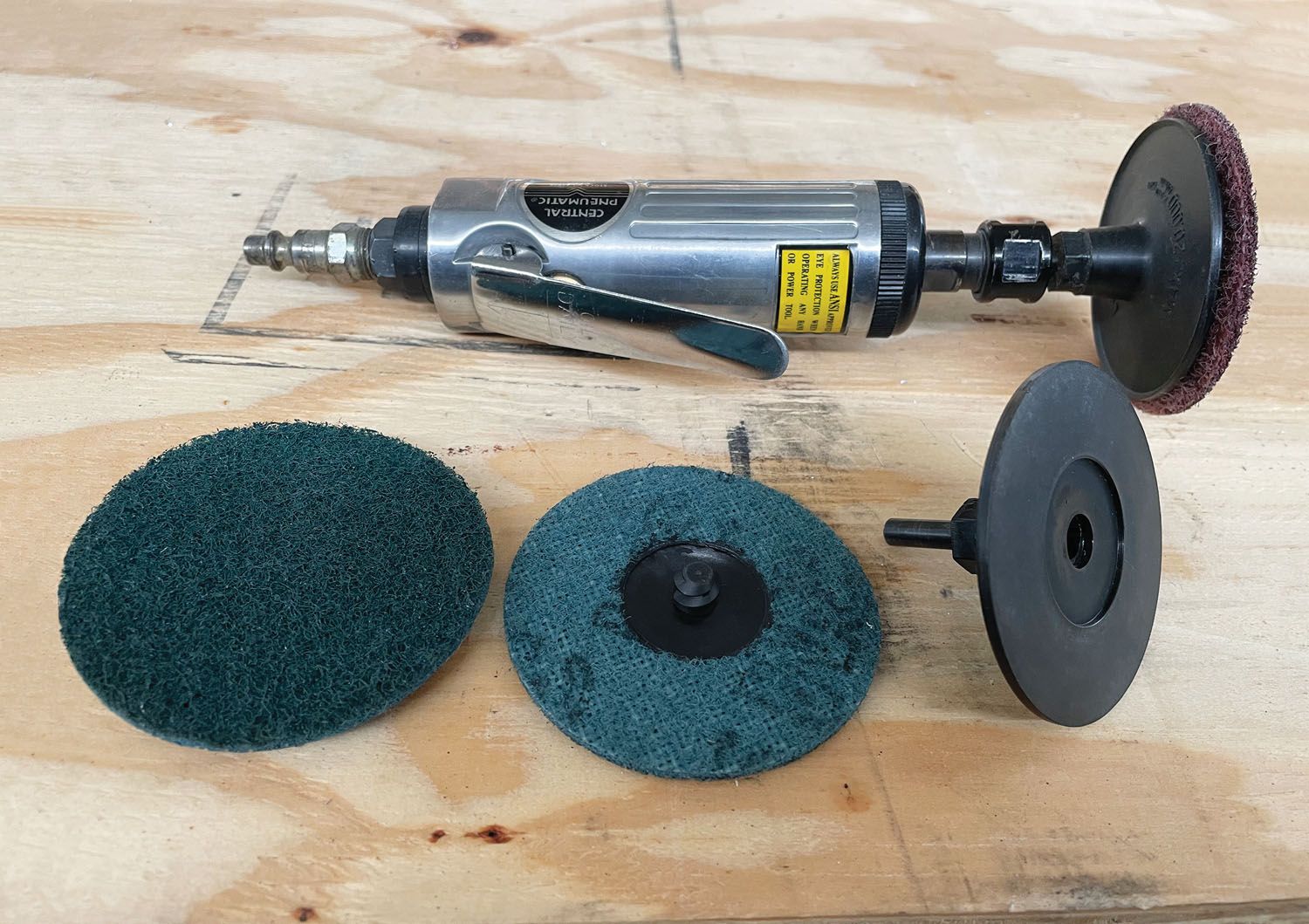
There are three popular grades of Scotch-Brite that we can use: Blue AVFN (fine), Maroon AMED (medium) and Brown ACRS (coarse). By experimenting with these grades, you can become an expert at eliminating swirls (or adding them for a decorative finish!) There are several size diameters for these pads, with 2 and 3 inches being the more popular. A simple holding device that accepts the Roloc pad needs to be inserted into your air tool. Select one that matches the diameter of the pads you are using.
While the 3M company is the original creator of this Roloc and Scotch-Brite system, you may or may not be surprised that there is a large market of third-party discs with the “same” material and disc attachment system. Where can you find these? Amazon, of course. Search for “Roloc pads.” As you can imagine, the prices are substantially less than the 3M equivalents. You get what you pay for, but I have found them to be a good value. 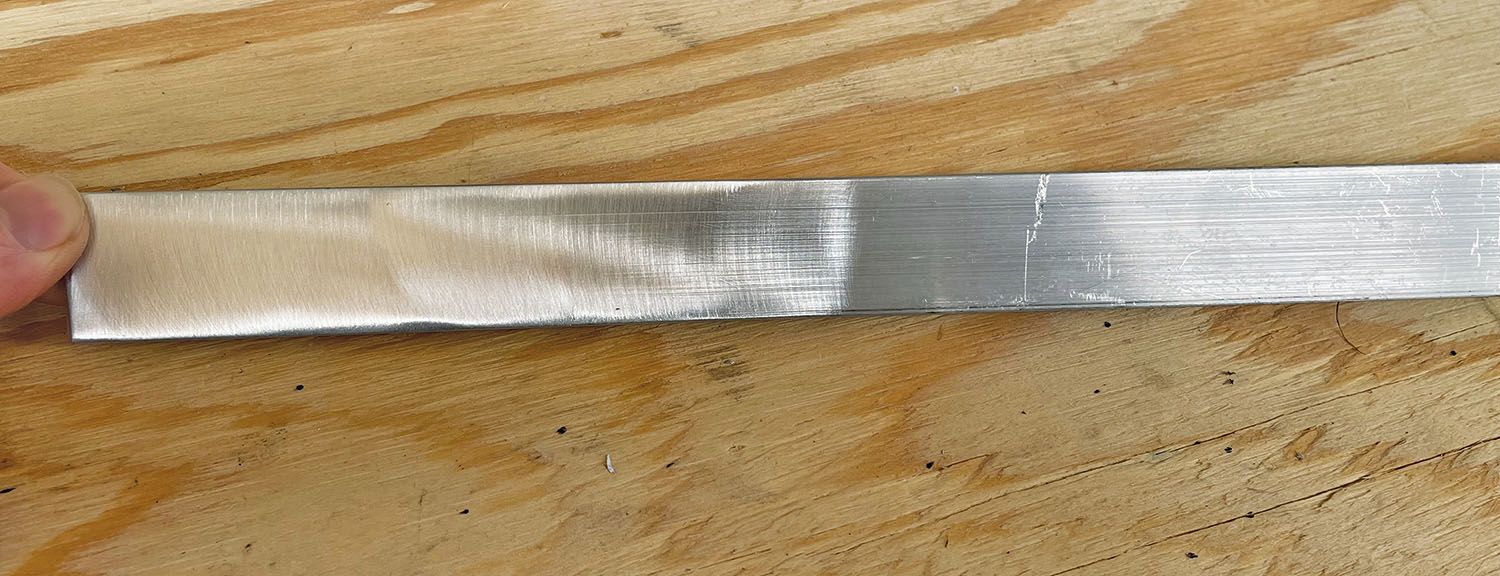
Once you have played with these things, you will have discovered a useful, powerful tool for conditioning aluminum parts. It is quite effective in deburring sharp edges in tight places. Once you have installed a component in the aircraft, it is now never too late to deburr a sharp edge that was missed before it went into the plane. To be able to shine up a part in just moments—well that cannot be beat. Plane and Simple.










